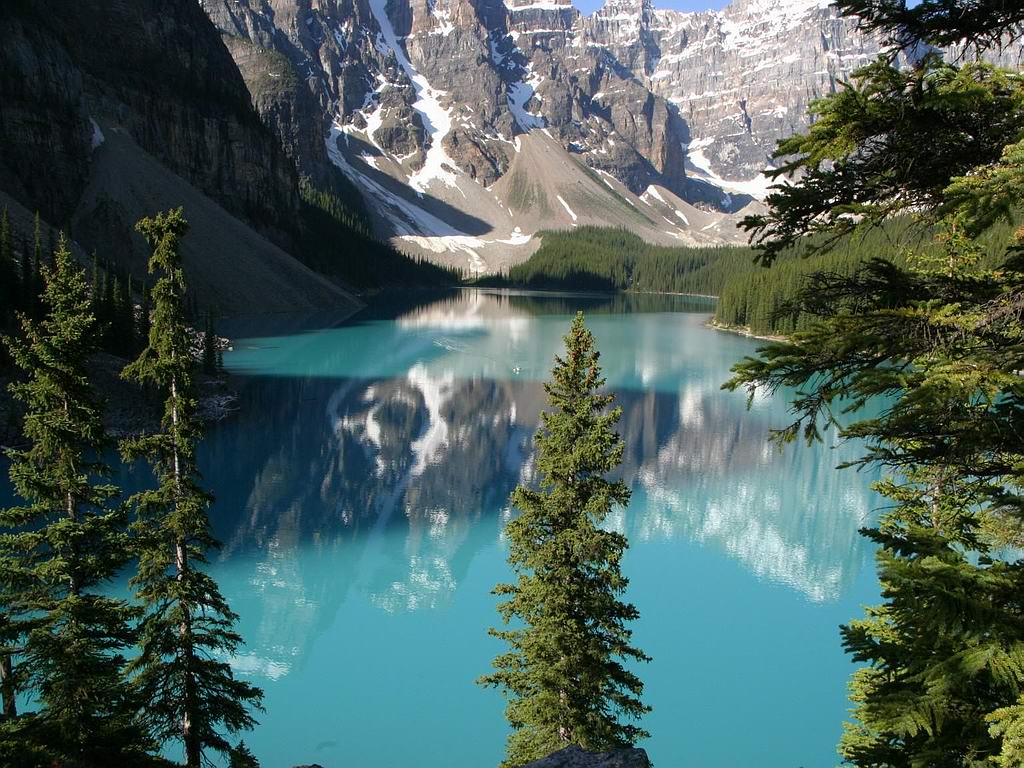
Burhachapori Wildlife Sanctuary
Nagaon, India
- Bird watching with experienced guides
- Jeep safari through the sanctuary
- Nature walks along designated trails
- Photography of wildlife and landscapes
- Visit nearby villages to experience local culture
Known for:
Description:
Burhachapori Wildlife Sanctuary, nestled in the Nagaon district of Assam, India, is a haven for wildlife enthusiasts and nature lovers. Spanning approximately 44 sq km, the sanctuary is characterized by its diverse ecosystem, encompassing grasslands, woodlands, and wetlands. It serves as a crucial habitat for the Great Indian One-Horned Rhinoceros, wild buffalo, and various species of deer. The sanctuary also boasts a rich avian population, making it a paradise for birdwatchers. Visitors can explore the sanctuary through jeep safaris or guided treks, offering opportunities to witness the region's natural beauty and encounter its fascinating wildlife. The serene environment and the chance to observe animals in their natural habitat make Burhachapori a worthwhile destination for those seeking an escape into the wilderness. It provides a vital corridor for wildlife movement between Kaziranga National Park and Laokhowa Wildlife Sanctuary.
History:
The history of Burhachapori Wildlife Sanctuary is intertwined with the conservation efforts in the region. Recognizing the importance of this area as a crucial habitat for the One-Horned Rhinoceros and other endangered species, the Assam Forest Department declared it a sanctuary in 1995. The sanctuary's establishment aimed to protect the unique biodiversity of the region and provide a safe haven for its wildlife. Over the years, the sanctuary has faced challenges such as encroachment and poaching, but continuous efforts by the forest department and local communities have helped to mitigate these threats. The sanctuary also plays a vital role in maintaining the ecological balance of the Brahmaputra River basin. It serves as a corridor for the movement of animals between Kaziranga National Park and Laokhowa Wildlife Sanctuary, ensuring the genetic diversity and long-term survival of these species.